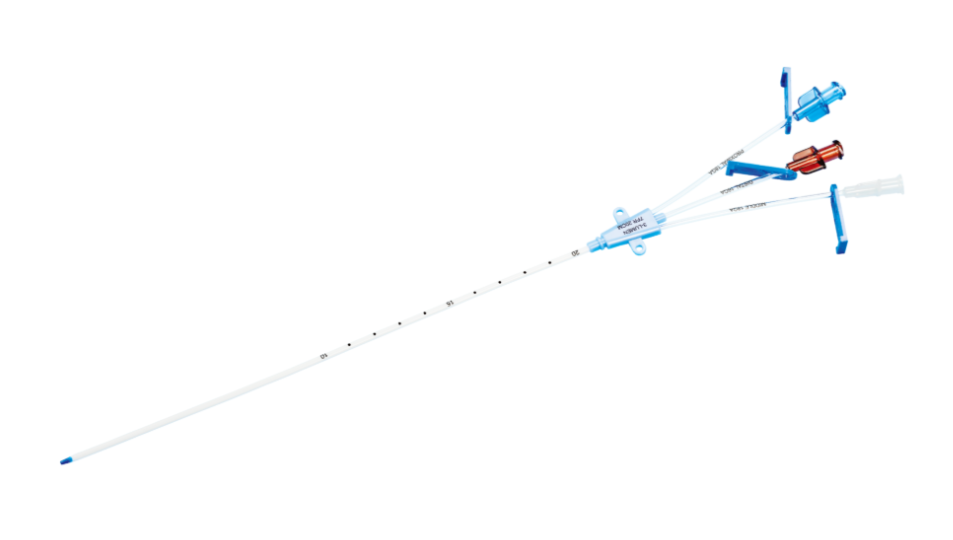Hydrophilic coatings are specialized layers applied to medical devices, particularly guidewires, to enhance their performance in clinical procedures. These coatings attract and retain water, providing a slippery surface that reduces friction. This makes the device easier to navigate through blood vessels, which is crucial for procedures like the insertion of central venous catheter kits. The hydrophilic coated guidewire is essential for ensuring smooth and precise movements within the body.
Shunmei’s Hydrophilic Coated Guidewire: Enhanced Performance
Shunmei’s hydrophilic guidewires offer significant improvements in patient care by enhancing navigation and ease of insertion. The coating reduces friction between the guidewire and the blood vessel walls, allowing for smoother progression during insertion. This not only makes the procedure quicker and less traumatic but also enhances accuracy, which is crucial for delicate vascular procedures. Shunmei’s innovation in hydrophilic coatings ensures that the guidewires glide seamlessly, offering superior performance in critical care environments.
Patient Safety and Comfort: The Role of Hydrophilic Coating in Vascular Access
Hydrophilic coatings on guidewires play a vital role in minimizing patient discomfort and the risk of vascular trauma. By reducing friction, the hydrophilic guide wire minimizes the potential for damage to the blood vessel during insertion. Shunmei’s hydrophilic-coated guidewires are designed with patient safety in mind, incorporating advanced materials and a soft-tip design that reduces the likelihood of complications. This results in improved patient outcomes and comfort during medical procedures.
Conclusion
Shunmei‘s hydrophilic coated guidewires stand out for their enhanced performance, safety, and patient-centered design, making them a trusted choice in medical practice.


